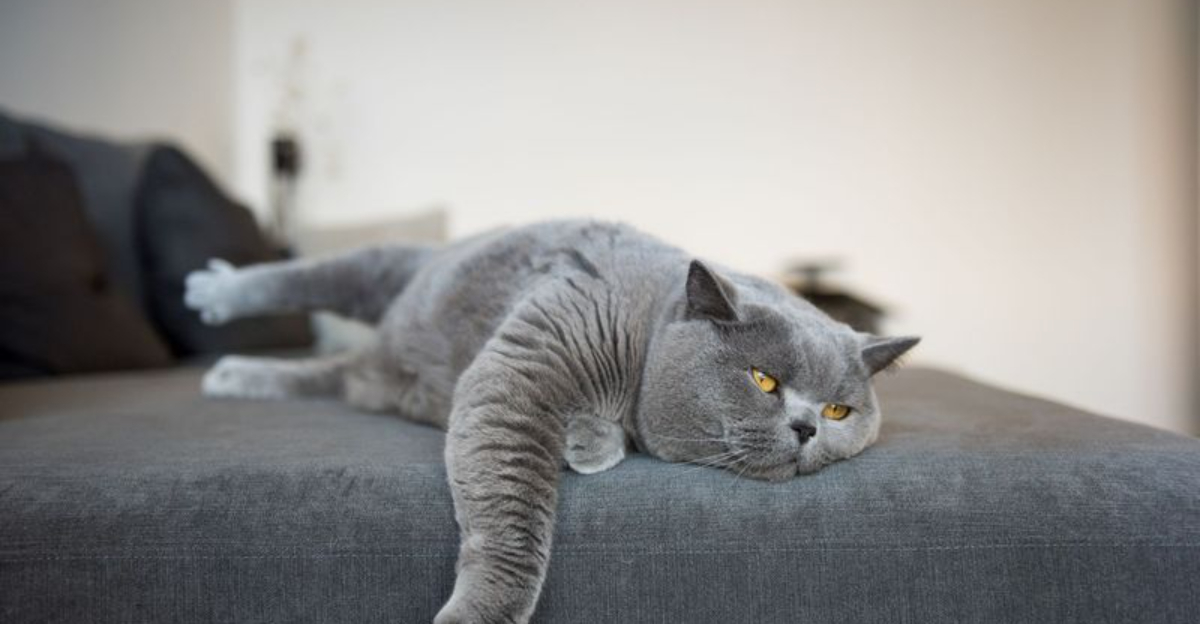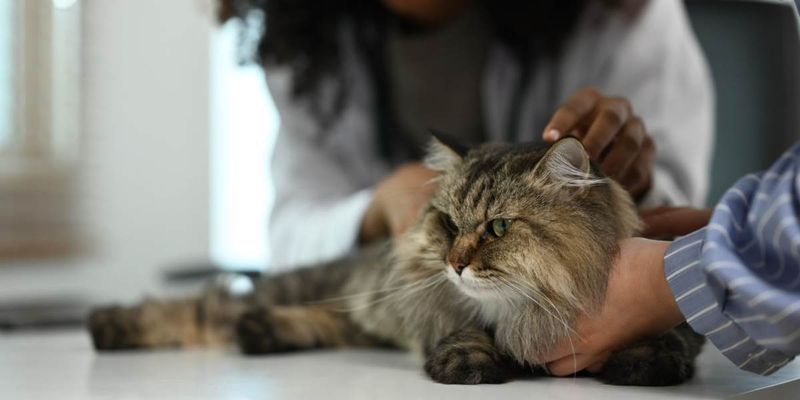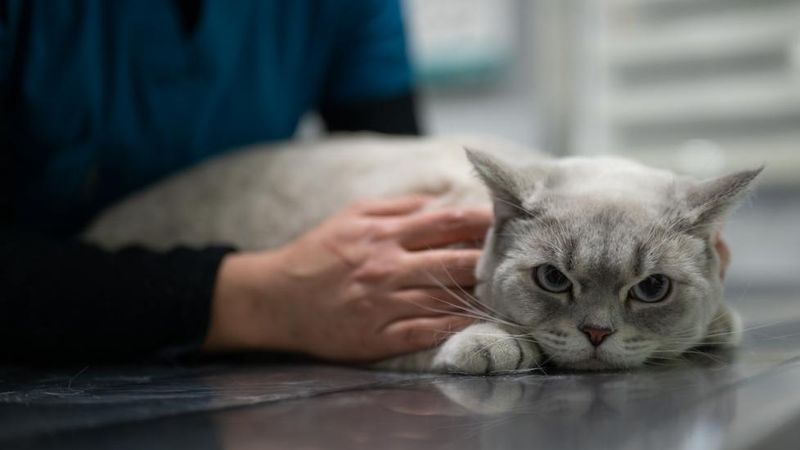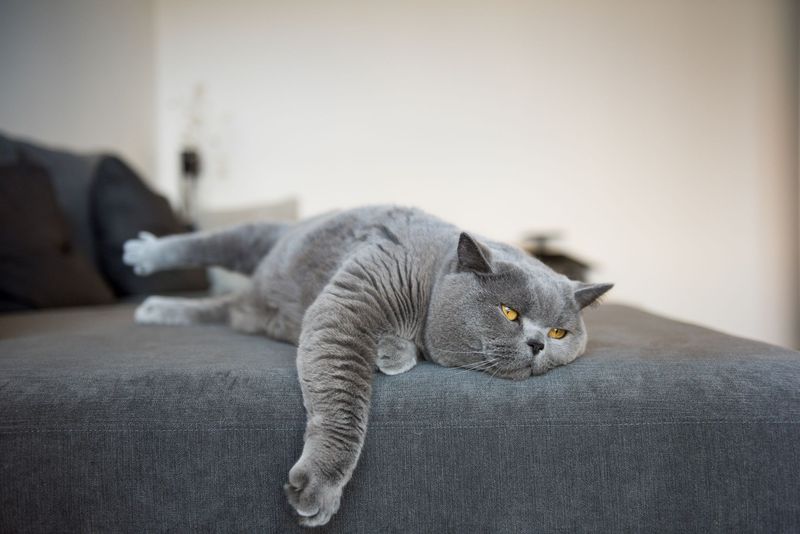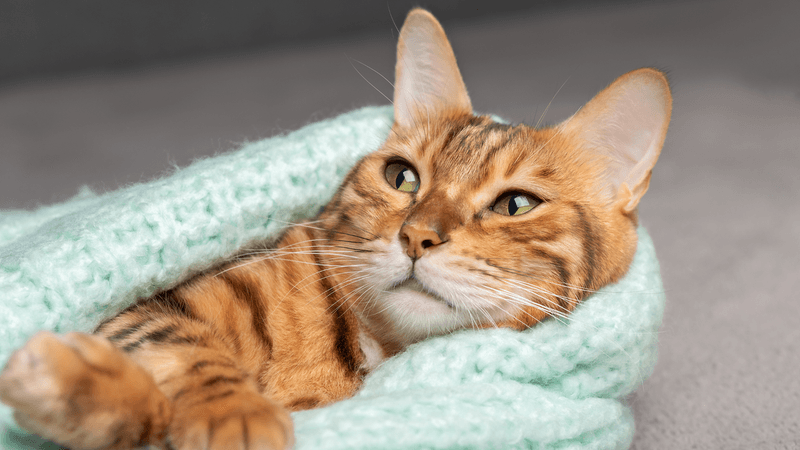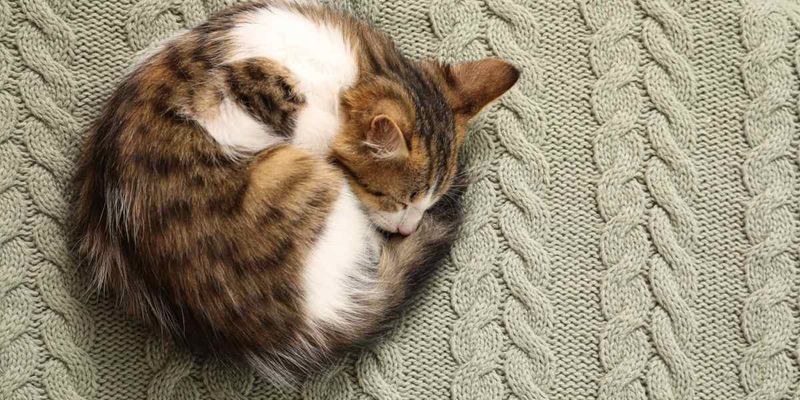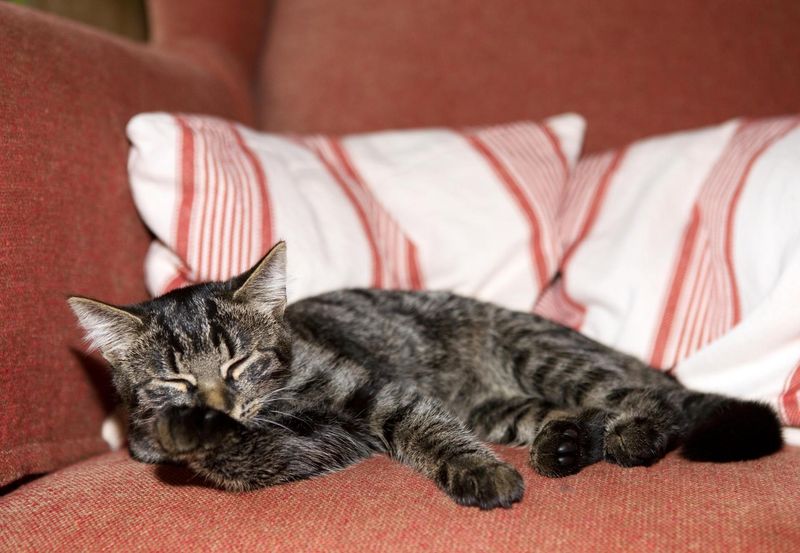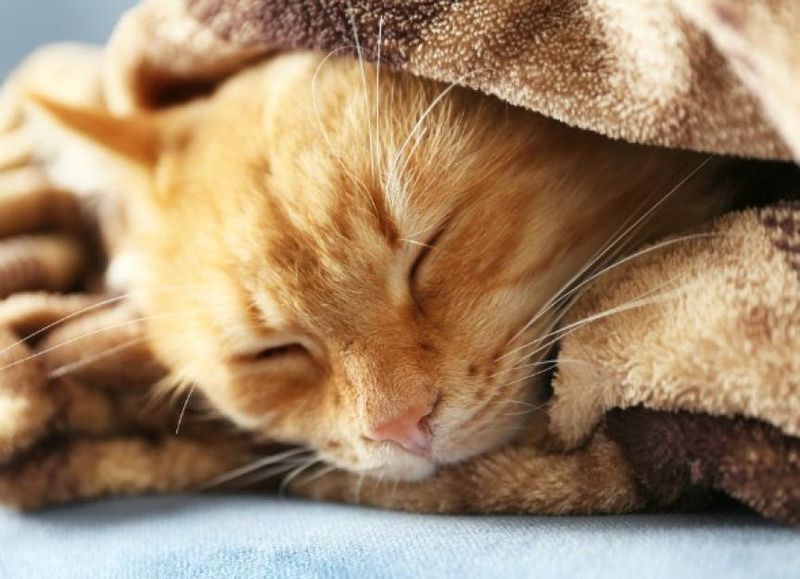📖 Table of Content:
When your cat feels cold to the touch, it’s easy to brush it off as a harmless reaction to chilly weather or a drafty room. However, cats are masters at hiding discomfort, and subtle signs—like cool ears or persistent shivering—can sometimes hint at more serious health issues. As a pet parent, it’s important to pay attention to these cues and know when your feline friend might need a bit more than a cozy blanket.
Unlike humans, cats have unique ways of regulating their body temperature and expressing discomfort. While they may instinctively seek out warm spots or curl tightly to conserve heat, these behaviors could also be signs that they’re struggling to stay warm enough. In certain cases, coldness can point to underlying conditions such as hypothermia, poor circulation, or even organ dysfunction, especially if combined with symptoms like lethargy or weakness.
This guide outlines seven specific situations where feeling cold to the touch should raise concern. By understanding these warning signs and knowing what to look out for, you can better protect your cat’s health and respond quickly when something doesn’t feel right. Whether it’s a quick lifestyle adjustment or a vet visit, being informed is the first step toward ensuring your furry companion stays safe, warm, and healthy.
1. Cold Extremities
Feeling your cat’s ears, paws, or tail and noticing they’re unusually cold might be more than just a reaction to cooler temperatures. Oftentimes, cold extremities point to reduced blood circulation, which can be caused by heart issues or other internal conditions. While it’s not unusual for these parts to feel slightly cooler, a persistent chill deserves a closer look. Don’t dismiss these signs, especially if they appear suddenly or are accompanied by behavioral changes. In some cases, underlying illnesses like anemia or shock could be contributing factors. Monitoring your cat’s extremities regularly gives you a baseline to compare against when things feel off. Prompt attention to these symptoms can help detect serious conditions before they escalate.
2. Shivering
Occasional shivering in cats may seem harmless, but it’s not always just about being cold. Consider that shivering can also result from fear, stress, or pain, which may go unnoticed if you’re only looking for physical injuries. More often than not, this symptom occurs alongside others, like rapid breathing, reluctance to move, or hiding behavior. It’s essential to observe your cat holistically—body language, vocalizations, and general demeanor all offer clues. If your cat shivers even when in a warm space, something deeper might be at play. Try gently wrapping them in a warm towel and observing if the trembling stops; if not, it could warrant a vet visit. Never ignore repeated or intense shivering, especially if it seems out of character.
3. Lethargy and Decreased Activity
Cats love their naps, but a sudden drop in energy could be a red flag. Rather than bouncing around, exploring, or playing, your cat may appear sluggish or uninterested in previously enjoyed activities. This lack of energy is sometimes the body’s way of conserving heat when it’s too cold. Pay attention to how your cat responds to stimuli—do they still come when called, or chase after a toy? A slow response or unusual hiding could be a subtle cry for help. Offering a warm spot or heating pad can help, but if the lethargy continues, don’t delay seeking veterinary advice. The quicker you address these changes, the better the chances of catching something serious in its early stages.
4. Seeking Warmth Excessively
Every cat enjoys cozy spots, but if your feline is constantly burrowing into blankets, near heaters, or even sitting on electronics, it may be more than just comfort-seeking. Frequently, cats do this to compensate for being too cold internally. Look for patterns: is your cat spending nearly all their time in heat sources, even during moderate weather? These behaviors can indicate trouble regulating body temperature, possibly due to age, weight loss, or illness. Try providing accessible warm spots, such as heated beds or fleece-lined cat condos. While doing so, continue observing for signs of discomfort or distress. Overcompensating for temperature could mean your cat’s internal thermostat is off—and that’s something your vet should check out.
5. Curling Up Tightly
One of the most instinctive ways cats preserve warmth is by curling into a compact, ball-like shape. At first glance, it may appear adorable or routine, but this behavior can also be a clear attempt to minimize heat loss. Unlike the relaxed sprawl of a warm, comfortable cat, tightly curled postures—especially when held for long periods—may indicate discomfort. Don’t overlook this if it’s a new or increasingly frequent behavior. Try comparing your cat’s posture during different times of day or in varying room temperatures. You might notice the tight curl coincides with colder ambient conditions. Recognizing the difference between comfort and coping is essential for your cat’s health and well-being.
6. Cold and Wet Fur
No cat should remain wet for long—especially in cooler environments—as wet fur saps heat from their bodies quickly. If your cat feels damp and cool to the touch, it’s important to act quickly by drying them thoroughly with a towel or using a gentle blow dryer on a low setting. The situation becomes more concerning if they appear unable or unwilling to groom themselves dry. A cat’s grooming behavior is a strong indicator of overall health, so reduced grooming combined with chilliness may signal underlying illness. Take note of any additional symptoms, such as a dull coat or disinterest in food. Prevent recurrence by keeping them indoors during rainy or damp conditions. What seems like a minor chill can easily escalate into hypothermia in sensitive or sick cats.
7. Signs of Hypothermia
When a cat is dangerously cold, hypothermia becomes a serious threat. You might notice your cat becoming disoriented, unresponsive, or barely able to move—this is an emergency. Under such conditions, their heart rate and breathing can slow down dramatically, posing life-threatening risks. Never try to warm your cat too quickly, as that can cause shock; instead, wrap them in warm blankets and seek veterinary care immediately. Stay calm, but act swiftly, as every minute counts in preventing organ failure. Hypothermia typically occurs in situations involving prolonged exposure to cold, such as being locked outside or trapped in an unheated space. Recognizing the warning signs early can be the difference between life and death.
